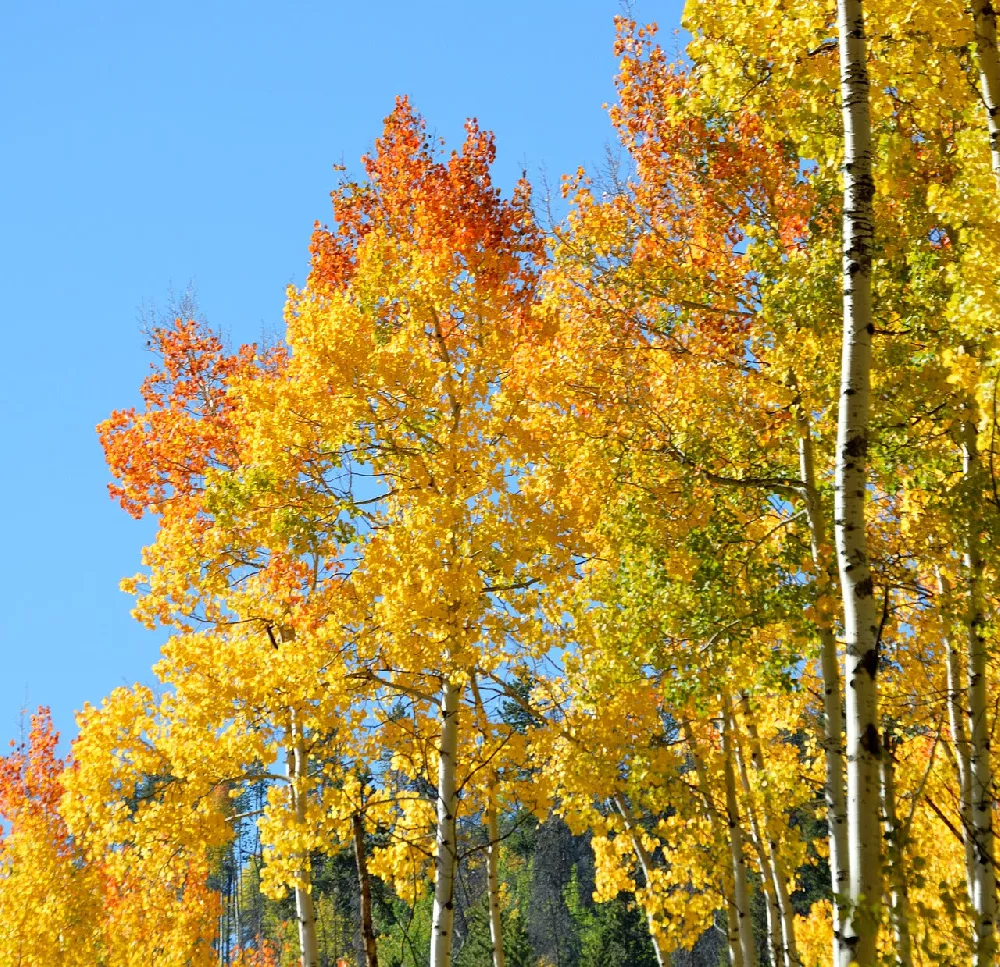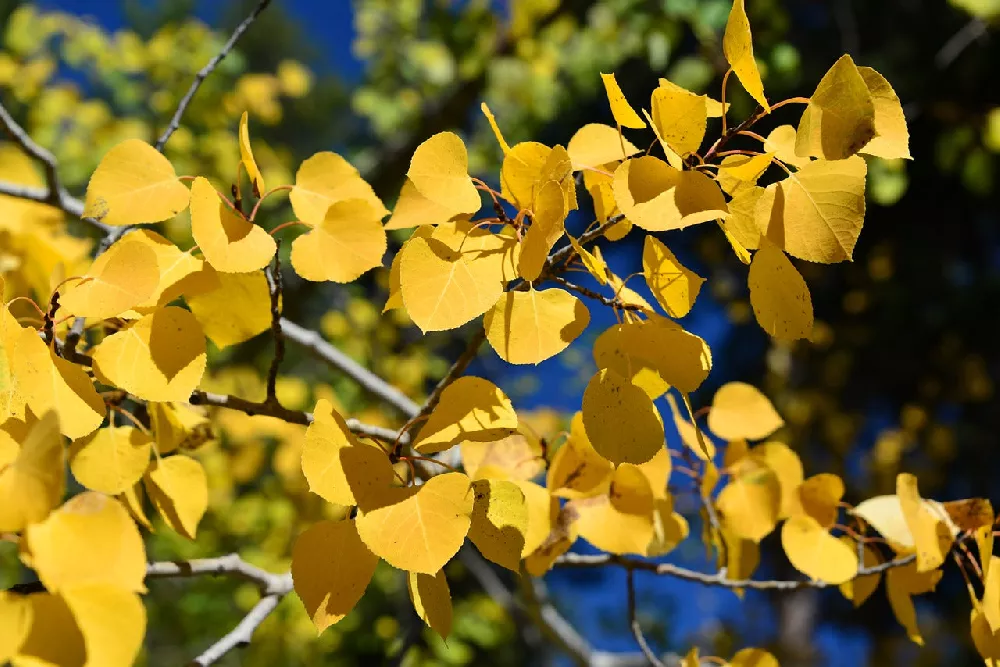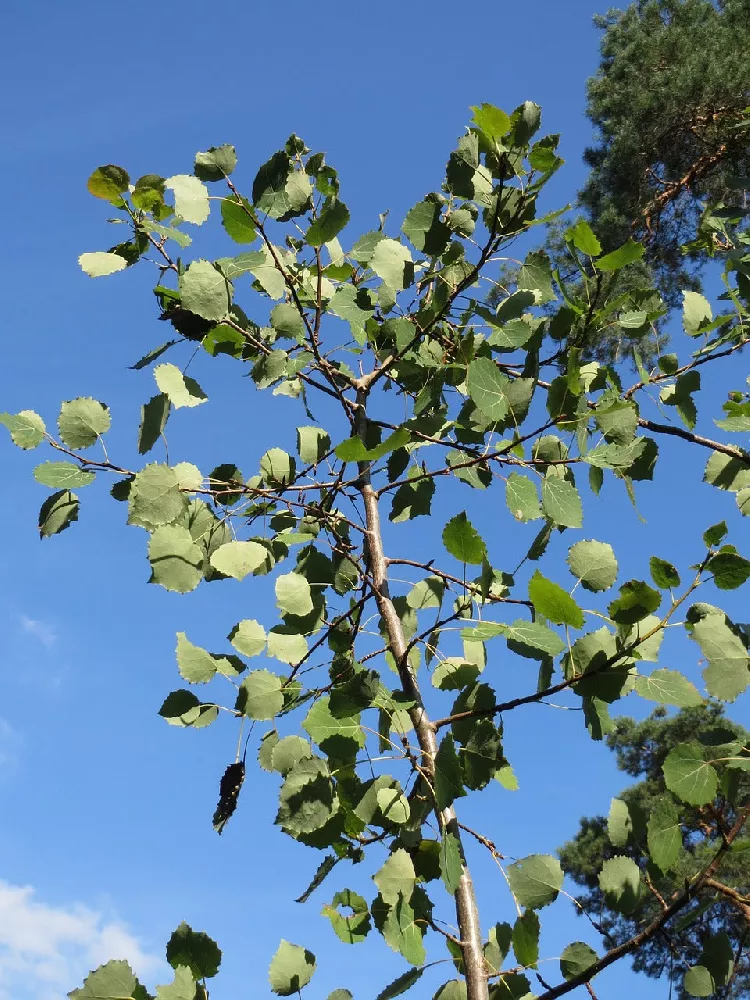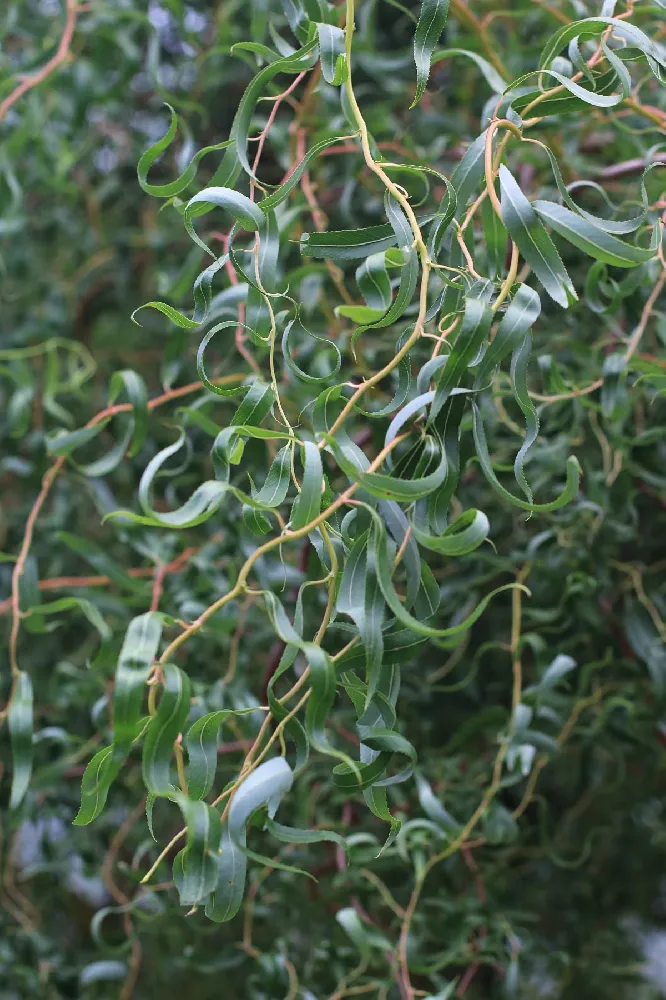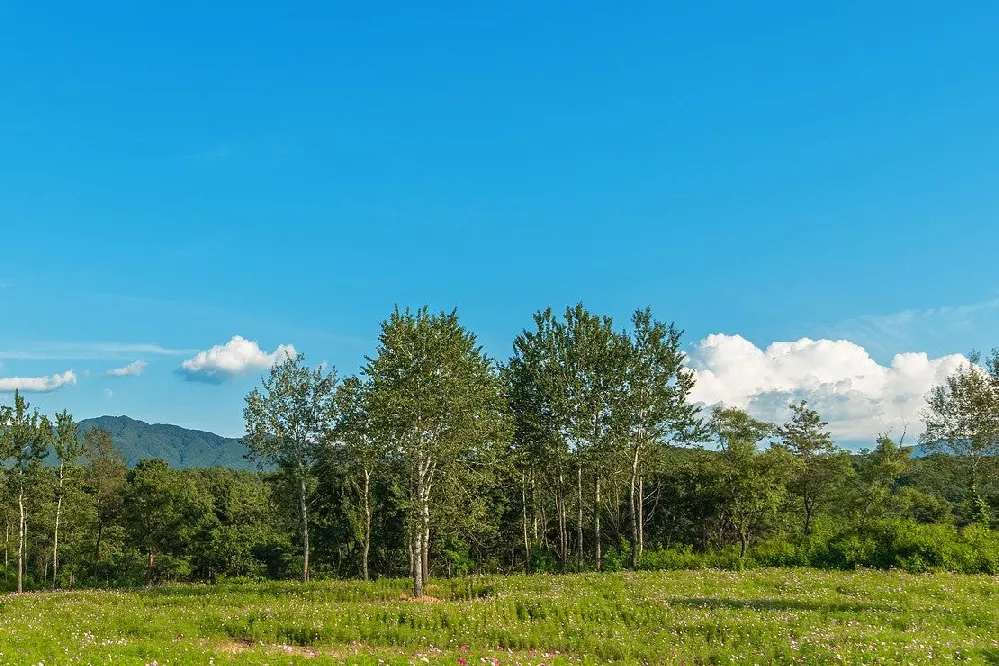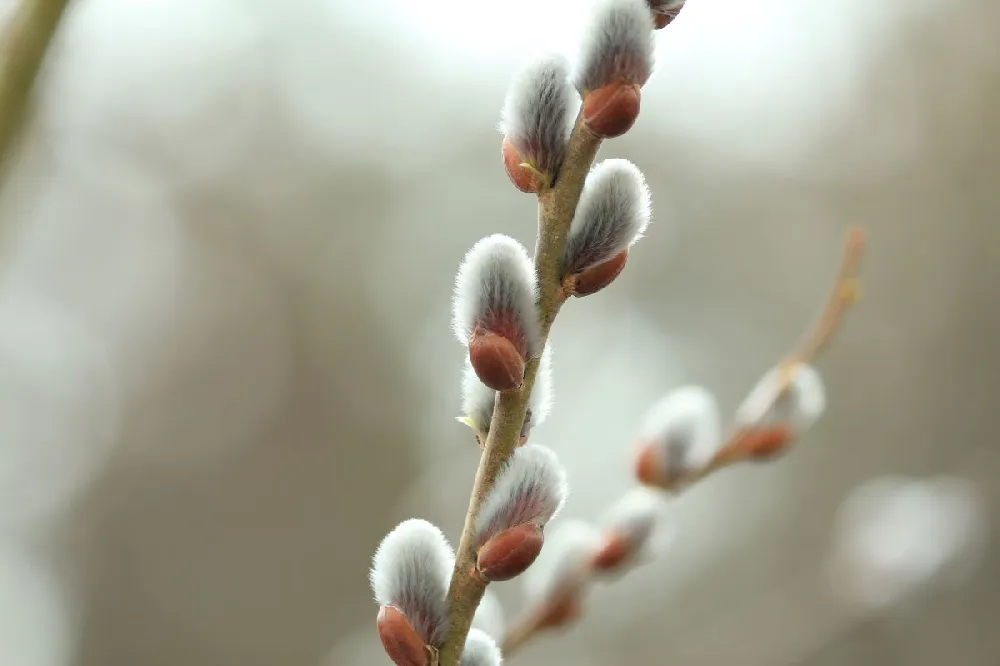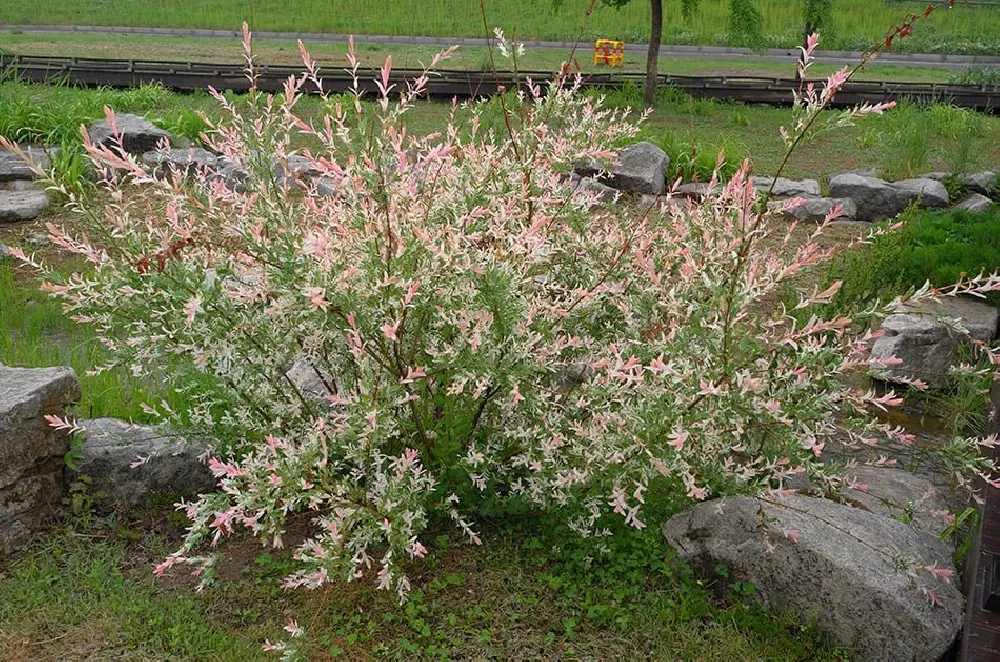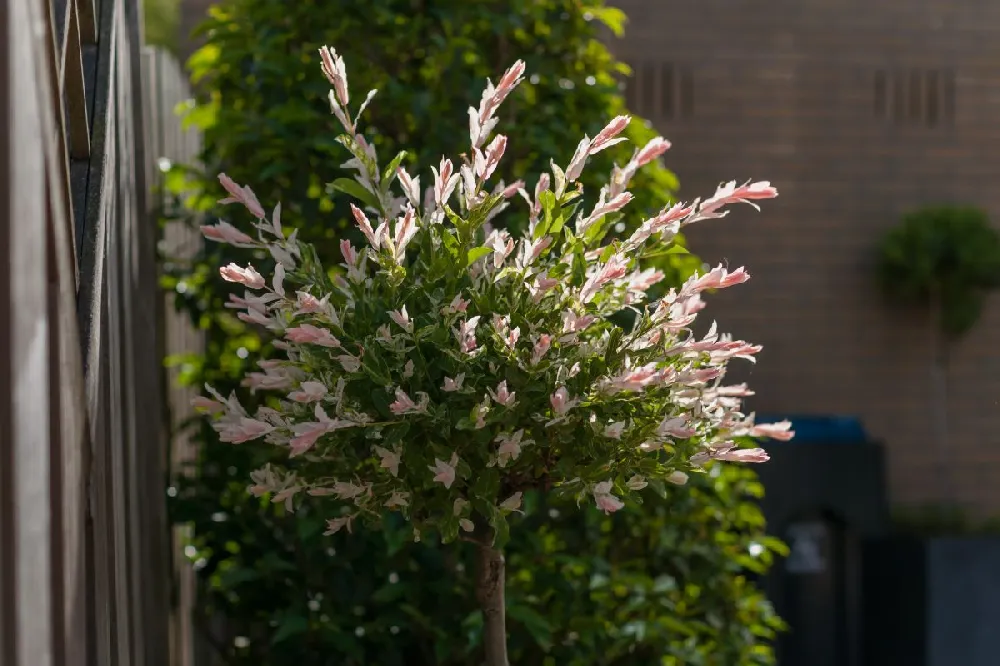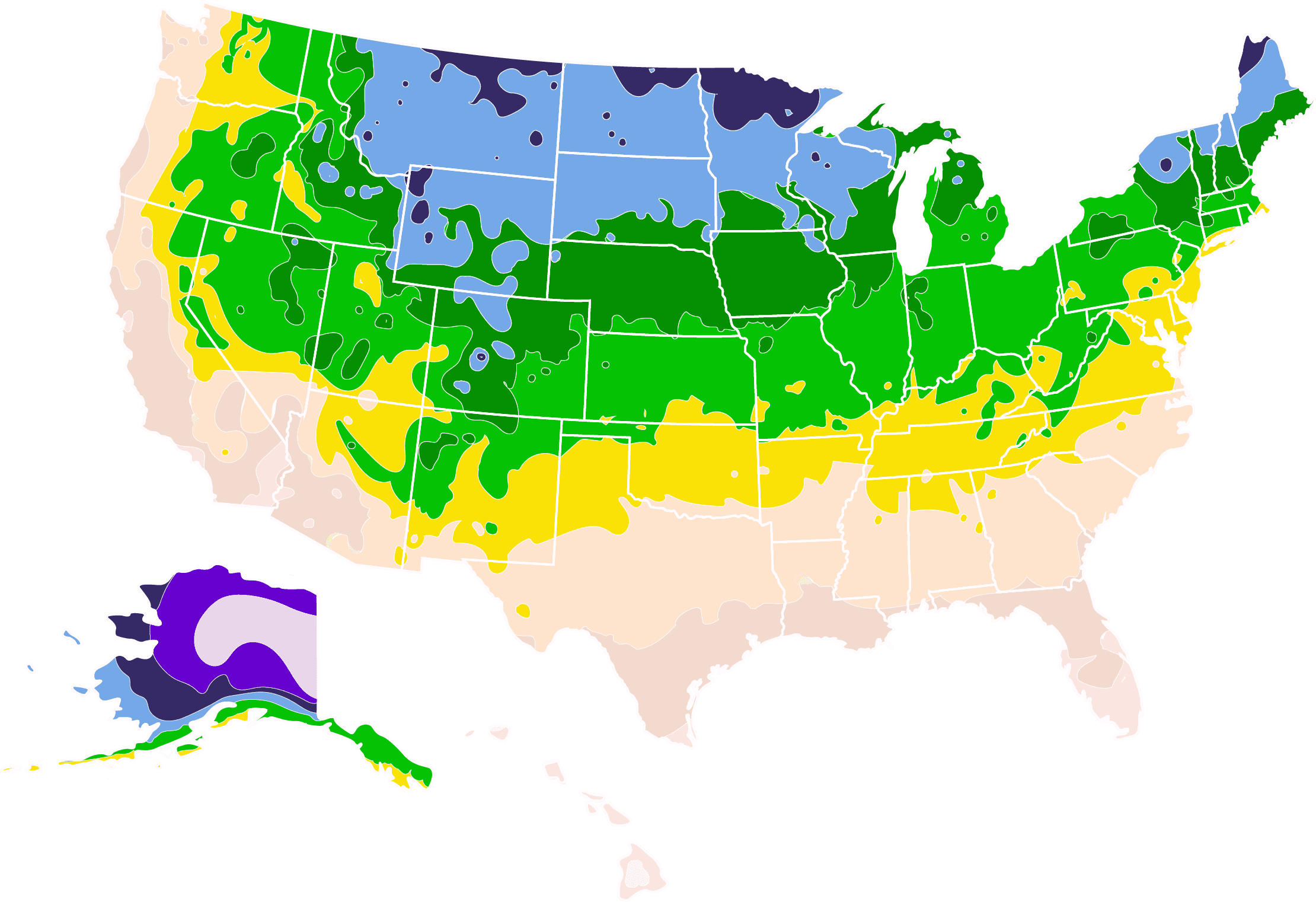- Home >
- Ornamental Trees >
- Quaking Aspen
Quaking Aspen for Sale - Buying & Growing Guide
- Ships in 1-2 days
- 1-Year Warranty Eligible
- Pots or accessories are not included unless specified in the product options.
Shipping Details:
Once your order is shipped, you’ll receive an email with a tracking number and estimated delivery date. Most orders ship immediately, but some items are seasonal and may only ship in spring or fall. These products are noted on the website.
Quaking aspen (Populus tremuloides) is a deciduous tree native to North America and dispersed widely throughout the continent. The species is also referred to as American aspen, white poplar, or trembling aspen. The common names come from the tree’s signature behavior — the foliage quakes and trembles in the wind due to its flexible leaf stems. Additional characteristics of the quaking aspen include:
- Quaking aspens are clonal, able to reproduce from one tree into a whole forest in little time.
- Able to grow up to five feet per year.
- The tree will reward you with an annual display of beautiful fall colors.
Plant Care
Sunlight

Grows in full sun or partial shade, meaning they need at least 4-6 hours of sun a day.
Watering
Once established, quaking aspens will need supplemental watering during drought or very hot weather.
Fertilizing

Aspens like rich soil, and benefit from annual applications of a fertilizer formulated for landscape trees.
Planting instructions
Quaking aspen trees prefer a location that receives at least six hours of direct sun. They require well-draining soil and will not tolerate excessive heat or drought. When you have chosen the planting site, dig a hole approximately twice the size of the root ball. Place the sapling upright in the hole, leveling the top of the root ball with the ground. Backfill with soil and tamp down gently before applying a generous amount of water to settle the tree in.
Watering and nutrients
For a few weeks after transplanting your quaking aspen, keep the soil moist by watering every few days. Once established, your tree will require weekly waterings, especially during times of drought. If you notice any drooping leaves, the tree is either receiving too much or too little water. If planted in rich, healthy soil, quaking aspens should not require additional fertilizer. To fix poor soil or to give your tree a boost in growth, apply a light layer of compost or a balanced, slow-release fertilizer designed for landscape trees, mixing it into the soil around the tree.
Pruning
Pruning is an effective way to control the growth and shape of your quaking aspens. Young trees are receptive to training — for those planted near a pathway, removing the lower branches is advised. Once the trees mature, you should only need to remove dead, dying, or diseased branches. You will also need to be vigilant about removing suckers that may spring up in the soil around the tree, which can spread aggressively. Pruning is best performed in early winter as the tree enters dormancy. If pruned in winter or early spring, quaking aspens will exude sap and make a sticky mess of your pruning shears.
Pests, diseases, and animals
Aphids are a common pest found on quaking aspen trees. They don’t usually do much damage and can be controlled with lady beetles or, if necessary, an insecticide. Severe infestations may require the services of a tree care professional. Ink spot is caused by a fungus that affects the foliage of crowded aspen trees. Fungal diseases like this can be avoided by promoting airflow and planting your trees in well-draining soil. Elk and deer are often found feeding around quaking aspen trees, creating wounds that are prone to infection. Garden fencing is the best defense against these large animals.
FAQs
How large do quaking aspen trees grow?
Quaking aspen trees are able to grow to impressive heights of over 70 feet. The trunk will reach a diameter of one to nearly three feet. The largest recorded quaking aspen tree was just under 120 feet in height and over four feet in diameter. Young trees will grow at least two feet per year, but some individuals may grow five or more feet per year. Quaking aspens planted in ideal conditions can live for more than 100 years.
Are quaking aspen invasive?
Due to the tendency of quaking aspen trees to spread quickly, the species is considered invasive in some areas. Instead of growing singularly from a seed, quaking aspen trees send up shoots from their root system. These shoots form into new trees, creating a dense, inter-connected population of trees commonly referred to as a clonal colony. These colonies can spread indefinitely without the help of pollination or seeding, quickly overtaking an area if not controlled. The largest recorded colony contained over 47,000 trees.
How do I keep quaking aspen from spreading?
If you don’t want your quaking aspen to spread through your yard, you may wish to take a few preventative measures against the invasive nature of the tree. The simplest method is to remove new shoots or stems as they appear from the roots of the tree. Although some tree owners place root barriers around their trees, this can cause damage to the primary aspen itself, which needs space for its roots to grow.
Are quaking aspens and poplars the same?
While all aspens are poplars, not all poplars are aspens. Poplar, or Populus, is a genus of trees that includes about 30 different species, one of them being the quaking aspen (Populus tremuloides). Other related species include Eastern cottonwood, Chinese aspen, and balsam poplar.
